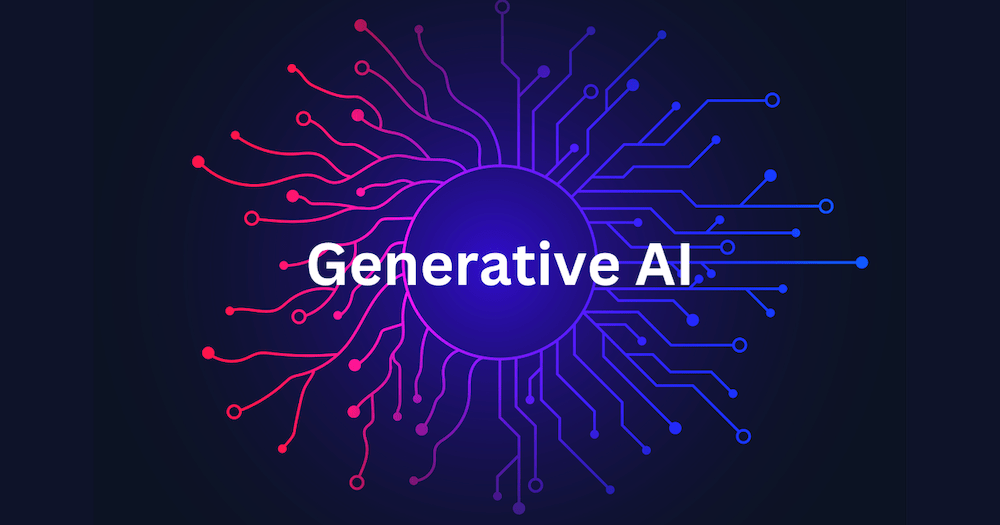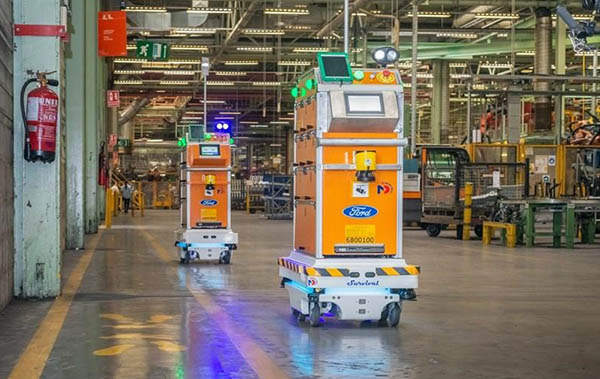Artificial Intelligence has gradually integrated into our daily experiences, from the generative AI technology that operates our mobile devices, to self-driving cars, to the instruments that stores employ to astonish and please shoppers. Consequently, its advancement has been barely noticeable. Significant achievements, like the moment when AlphaGo, an AI-driven application created by DeepMind, triumphed over a global Go champion in 2016, were acknowledged but soon lost attention from the general public.
Generative AI applications such as ChatGPT, GitHub Copilot, Stable Diffusion, and others have captured the imagination of people around the world in a way AlphaGo did not, thanks to their broad utility—almost anyone can use them to communicate and create—and preternatural ability to have a conversation with a user.
The latest generative AI applications can perform a range of routine tasks, such as the reorganisation and classification of data. AI-powered marketing is all about quality data. But they can write text, compose music, and create digital art that has garnered headlines and persuaded consumers and households to experiment on their own. As a result, a broader set of stakeholders are grappling with generative AI’s impact on business and society but without much context to help them make sense of it.
The rapid advancement of generative AI technology is not simplifying this process. In November 2022, ChatGPT was launched. Just four months after that, OpenAI introduced GPT-4, a new large language model (LLM) with significantly enhanced abilities.
In a similar vein, by May, Anthropic’s generative AI, Claude, handled over 100,000 text tokens, translating to approximately 75,000 words per minute—roughly the length of a novel—up from about 9,000 tokens when it first came out in March 2023. Additionally, Google has unveiled several new generative AI features, including Search Generative Experience and PaLM 2, a new LLM designed to enhance its Bard chatbot and other Google offerings.
What’s coming next in Generative AI?
Understanding what’s coming next demands recognising the significant advancements that have paved the way for generative AI, a development that spanned decades. For the context of this report, we’re referring to generative AI as the technology often developed with the help of foundational models. These foundational models are made up of complex artificial neural networks, modeled after the trillions of neurons found in the human brain.
The term “deep learning” is used to describe the extensive number of deep layers within these networks. Deep learning, which is reshaping ecommerce, has been instrumental in recent AI progress, but the foundational models for generative AI represent a major leap forward in deep learning. These new models are capable of handling vast and diverse collections of unstructured data and can perform multiple tasks simultaneously, marking a significant improvement over previous deep-learning models.
Baseline models have opened up new possibilities and significantly enhanced current ones in various fields, including photographs, videos, sounds, and computer programming. AI that has been trained on these models can carry out a variety of tasks; it can categorise, modify, condense, respond to queries, and create new content, among other activities.
We are all embarking on a journey to comprehend the full extent of generative AI’s strength, scope, and abilities. This study marks the latest in our endeavours to evaluate the influence of this new age of AI. It indicates that generative AI is ready to revolutionise roles and improve efficiency in areas such as sales and marketing, customer service, and software creation. In doing so, it could generate trillions of dollars in value across industries from ecommerce to healthcare. The subsequent sections present our preliminary discoveries.
We would just add that generative AI is just that, in the business of generating something, usually to see, although there are aspects such as generative code and other similar offerings. The quiet technology revolution is happening in predictive and analytics AI, where hyper-personalisation for each consumer’s product selections applicable to the immediate needs and maximum relevancy is quietly taking over.
You might be interested to read more about Understanding and Using AI Models (2024)





